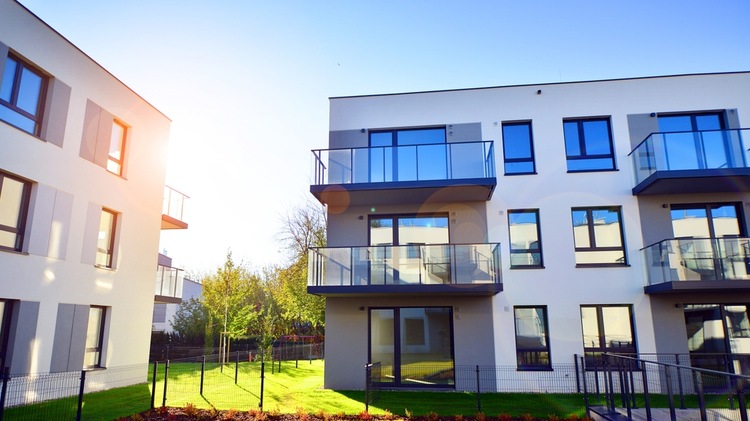Unmasking the Potential of Adaptive Reuse in Real Estate
The real estate market is ever-evolving. As developers and investors continually seek out fresh opportunities, one trend has emerged as a standout strategy: adaptive reuse. This approach, which involves repurposing existing buildings for new uses, is gaining traction—offering a unique blend of historical charm, modern functionality, and environmental sustainability.

The Genesis of Adaptive Reuse: A Historical Overview
Adaptive reuse isn’t a new concept in the real estate market. It has its roots in the post-industrial period when numerous factories and warehouses were abandoned as manufacturing moved offshore. Savvy developers saw these deserted spaces as an opportunity, transforming them into residential lofts, artist studios, and trendy businesses. This innovative strategy has since evolved, with old schools, churches, hospitals, and other structures finding new life in the modern age.
The Present State: An Analytical Snapshot
Today, adaptive reuse is increasingly recognized as a viable and profitable real estate strategy. As urban areas become more densely populated, the availability of prime real estate has dwindled, driving investors to consider underutilized buildings as potential goldmines. Additionally, the rising trend of sustainability and preservation of architectural heritage has boosted the appeal of adaptive reuse projects.
The Upside of Adaptive Reuse: Advantages and Opportunities
Adaptive reuse offers a myriad of advantages. For starters, it can be more cost-effective than new construction, as it eliminates the need for land acquisition and extensive demolition. Additionally, these projects often qualify for tax incentives and grants aimed at preserving historic structures.
From an environmental perspective, adaptive reuse reduces the need for new materials and decreases construction waste, aligning with the rising demand for sustainable practices. Lastly, these properties often command higher rents or sale prices due to their unique character and history.
The Hurdles: Challenges and Limitations
Despite its advantages, adaptive reuse also presents challenges. These projects can encounter unexpected construction issues, such as structural weaknesses or hazardous materials. Additionally, they may face regulatory hurdles, especially if the building is historically protected. Therefore, a comprehensive due diligence process is necessary to assess potential risks and costs.
The Future Impact: Adaptive Reuse and the Real Estate Landscape
The future of adaptive reuse in real estate looks promising. As cities continue to grapple with housing shortages, the repurposing of existing structures could offer a solution. Moreover, the shift towards sustainability and the increasing desire for unique, character-filled spaces suggest that the demand for adaptive reuse projects will continue to grow.
In conclusion, adaptive reuse is more than just a trend—it heralds a new era in real estate, where history, sustainability, and innovation converge. While it’s not without its challenges, the potential benefits make it a strategy worth considering for any forward-thinking investor.






